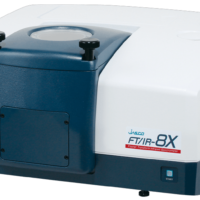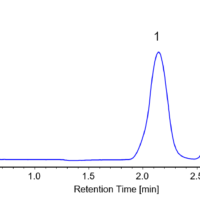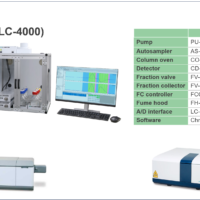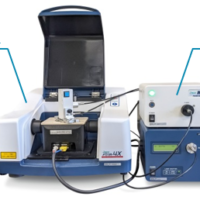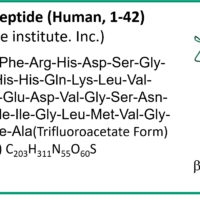Instrument setup for FTIR measurements
FTIR spectroscopy involves the use of a Michelson interferometer. As shown in Fig. 9, a semi-transparent mirror is used, together with two reflectors, one fixed and one movable. The light from the light source is guided to the interferometer as a collimated beam, obliquely incident on the semitransparent mirror, and split into transmitted and reflected beams. The two beams are reflected by the fixed mirror and the moving mirror, they return to the semitransparent mirror, are combined again, and generate an interference pattern. Depending on the position of the moving mirror (optical path difference), different light interference patterns will be obtained, and the light intensity for each wavenumber can be calculated using a Fourier transform, performed using at high speed by a computer.
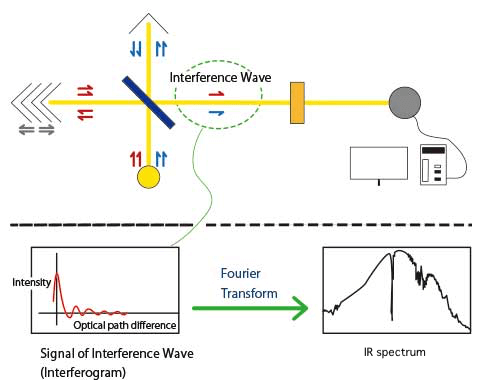
Fig. 9 Instrument setup for FTIR spectroscopy
Transmission spectrum
A FTIR spectrometer is a single-beam instrument. In order to obtain a transmission spectrum of a sample, two measurements need to be performed, one with the sample in the chamber and another with no sample (background). A Fourier transform is applied to the sample and background interferograms to obtain a single beam spectrum (SB), and the transmission spectrum is then calculated using the equation:
(Sample SB) / (Background SB) × 100 = transmission spectrum
In the transmission spectrum, the energy characteristics for different elements and the effects of absorption by H2O and CO2 can be corrected.
Advantages of FTIR spectroscopy
In FTIR spectroscopy, the use of an interferometer instead of a dispersive monochromator offers many advantages:
1. Dramatically improved optical throughput due to a slit-free optical design, resulting in a high signal-to-noise ratio (Jacquinot’s advantage).
2. The ability to obtain data at multiple wavelengths simultaneously without the need for scanning using a moving grating/prism (Fellgett’s advantage).
3. Improved wavenumber resolution by using laser source for accurate digital signal sampling and extending the mirror movement distance in the interferometer.
4. Extended wavenumber measurement range by changing the light source, beam splitter and detector for the specific purpose, either far-IR or near-IR.
Additionally, FTIR instruments can be configured to perform microscopic measurements, allowing imaging/mapping to be carried out, and are capable of measuring in both reflection and transmission modes.
By using an interferometer, it should be noted that a couple of features in a dispersive monochromator, fixed wavelength measurement capability and double beam optical configuration are not allowed in the FTIR spectrometer.

